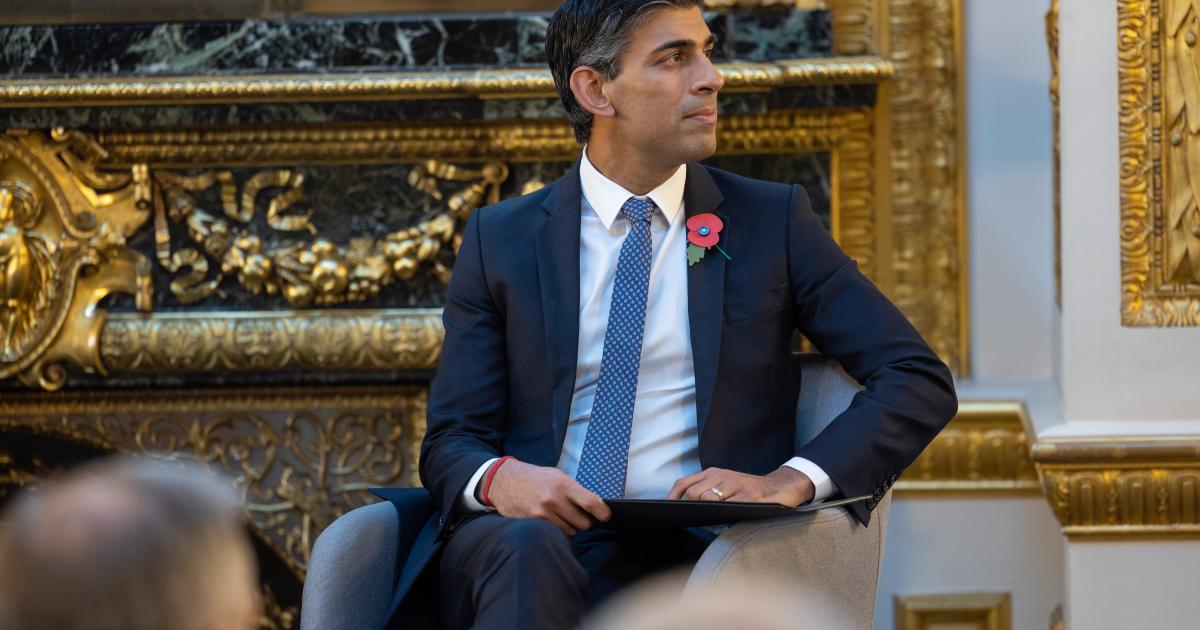The term DNA is used deliberately both as a useful metaphor but also because the philosophy that grounds the hybrid model is explicitly based on the idea that biological processes inform and can be utilised in social spaces. The ecological metaphor has been adopted from systems theory as practised within biology, and the natural sciences more generally. This is a form of biomimicry. “That’s how nature works,” Engler states.
Organic systems have structure and autonomy. Animals are born with DNA that has evolutionary intelligence that is embedded in the individual and allows them to survive, and that prepares them from birth. This DNA is the product of generations of learning and adaptation.
Survive
This includes the idea that activists should establish a plethora of organisations each with different DNA so that the campaign process itself can ‘select’ the most efficacious, those that ‘fit’ the aim and process best. It also means that the newly born animal is already equipped with physical and mental capacities, a body, sense organs, consciousness, and can survive in its specific environment.
However, once the animal is born it experiences a high level of autonomy to use these faculties in different ways, including learning new behaviours and modifying its own body. Autonomy does not mean doing whatever you want: the animal is born with a survival instinct, and other predetermined needs and behaviours. It is possible to reject this naturalism while also seeing the value of the metastrategy for frontline campaigning.
The campaign begins when a person, or team of people coming together, use the metastrategy to design the actual strategy for the campaign. This first phase is called “frontloading”. The members of the group are known as the founders of the new group, and should use this social cachet to convince new recruits to adopt the DNA strategy and retain its structure. “The founding committee is then tasked with keeping the DNA of the organisation intact for as long as possible, knowing that ultimately it will be distorted and even destroyed.”
The DNA of the organisation is its structural core and is articulated through very specific elements. This is an organic whole that requires each of its parts to be functional to survive and to effect change on its environment. These parts are the grand strategy and the theory of change; the meta-narrative and the meta-brand; the principles, including nonviolence discipline; the team structure and mass training programme; the action format; and finally the online infrastructure.
FOUNDERS & FRONTLOADING
Frontloading is necessary to manage the contradiction that more decentralised and autonomy based organisations actually need more structure, albeit a different kind of structure. The activists have autonomy within boundaries, and these boundaries in turn need to be negotiated, adopted, well defined, and resilient.
The founders, or the first generation of core leadership, develop the frontloading. They are the stewards of the movement. But they are not in control and they are not the vanguard. “A lot of people don’t even know who they are.” People vote with their feet and join a movement. A thousand flowers can bloom. But within each movement there are certain things that need to be agreed upon or it will collapse in on itself.
Engler explains: “The core leadership needs to be a hardcore team. They set the terms of the movement, and enforce it. They can tell people they are breaking the DNA and this will undermine the health of the movement. When things start to go wrong the core leadership needs to step in and explain the DNA, and get things back onto the strategy. This can be difficult because the activists know themselves to be self-organised.”
The corollary of this is that the leadership team must not micromanage, must not expect to make or even be consulted on day to day plans and decisions. “The core leadership does not govern, and does not make all the decisions.”
The success of the Seattle protests against the World Trade Organization in 1999 can be attributed to the frontloading process that took place before the action even began, and equally its failure can be blamed on the incompleteness of this frontloading, Engler argues.
“That model had a lot of things that are frontloaded,” he observes. “We had a message that was already developed, we had an action plan, we had a concept of what we were doing in an action and a campaign. It was a concert.
“That had been developed by a core leadership. A lot of times we didn’t even know who the core leadership was. We just joined with our feet. But they lacked a lot of the essential elements … there was not enough frontloading.”
GRAND STRATEGY
The grand strategy is the most important part of the DNA. The grand strategy is necessary to ensure that everyone engaged in the movement has the same theory of change, the same basic objective, and the same basic method to achieve it. A lot of the colour revolution movements had a two to five year grand strategy.
The aim of a campaign should provide the direction and scope of all the activity of that organisation. The aim can then be subdivided into a series of objectives. Each objective will be achieved through its own phases and campaigns, with the campaigns then being designed as a series of tactics such as protests – be they trigger events or the moment of the whirlwind.
This familiar structure of an organisation can be understood as a pyramid. The pyramid has a specific and singular aim at the peak, cascading down to three phases at the next level, and then each phase in turn disrupting into three or more campaigns, and finally each of the campaigns separating into three or tactics at the base of the structure. The mass trainings need to ensure that people are “accountable to the grand strategy”.
The first principle of this approach is, according to Engler: “The pyramid reveals that everything a movement does – from the smallest method of nonviolence to the most intense campaign – should support the grand strategic direction and move towards the final victory.”
What follows from this is that the design of the campaign pyramid must fit with a clear theory of change, and finally the leadership will have to share the strategy with all the members. However, the strategy is not a detailed master plan of every action that will be taken, and does not include the details of the campaign or actions.
Engler explains: “You need to teach people how to be accountable to your grand strategy, and how to do that collectively. People need to understand strategic thinking, they need to understand how everything is correlated with the grand strategy.”
There are four elements to the grand strategy, four tiers to the pyramid: objective, phases, campaigns, tactics. You need to understand what your movement is going to do in order to win, and then what the general phases are to get to that aim. Then in each phase different local groups have autonomy in terms of which campaigns they work on, and devise their own tactics.
The structure of the grand strategy therefore allows for greater autonomy in tactics. Once you establish the aim, the grand strategic objective, most people will agree on the phases. Then people can do whatever they want for campaigns, and vote with their feet in deciding which campaigns and tactics to join and make happen. “There is a level of collective accountability to be strategic.”
Objective
The broadest conception of what the movement seeks to win. Achieving the strategic objective is the ultimate goal of the movement and is almost always the final victory to be won.
Phases
Major objective that serves as benchmark achievements as the movement approaches final victory. This is the primary timeline to access the movement’s progress.
Campaigns
A plan of action designed to achieve phase objectives by making demands on power holders. Contains a series of nonviolent tactics used to apply pressure.
Tactics
Limited plans of direct action that contain methods of nonviolence. Usually involving engagement with a target and the presence of media.
As an example, Otpor! had the ultimate aim of overthrowing the Serbian dictatorship. When they developed the movement they were clear about the strategic objective. There were four specific phases before reaching that outcome. These were characterised as 1. individual resistance; 2. uniting the opposition; 3. general elections; 4. enforcing the elections through general strike. The strike did in fact topple the dictatorship. “They said this is what they would do from the beginning.”




